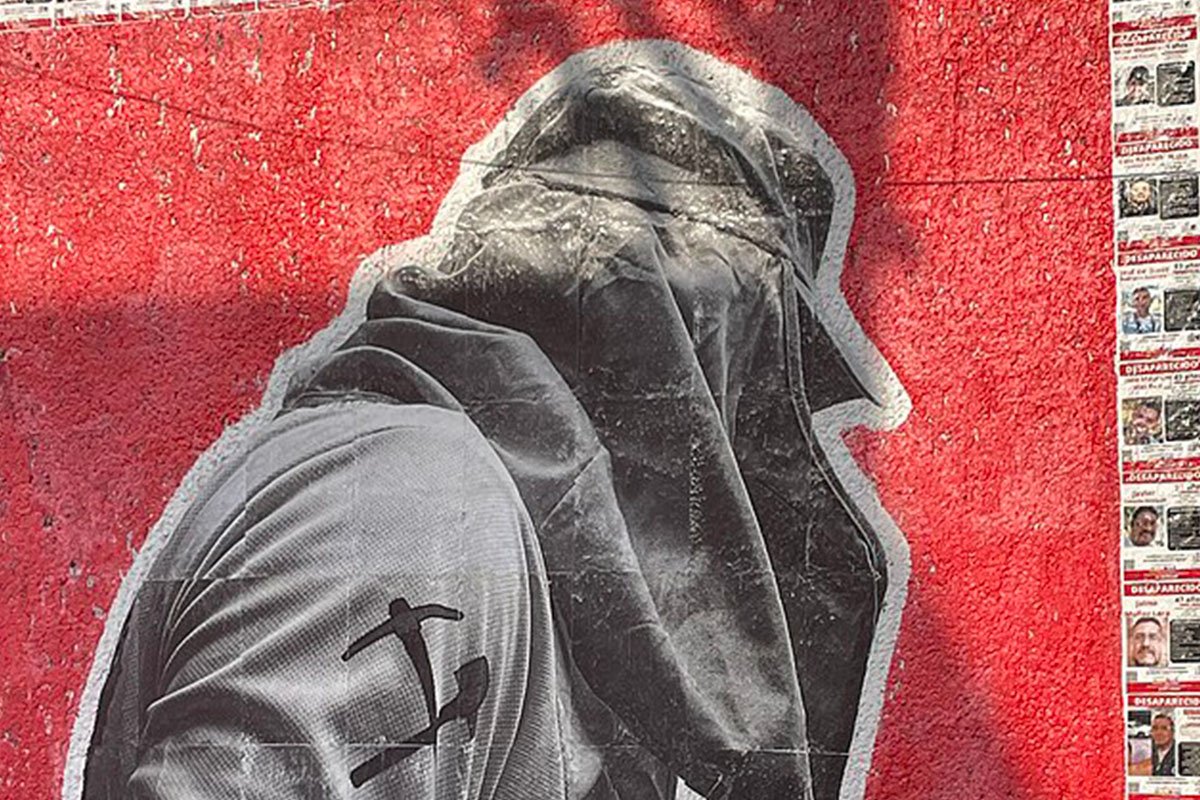
As the old saying goes, birds of a feather flock together. Such logic often applies to nonprofit recruitment of volunteers. That is, nonprofits tend to draw in a particular slice of the community. If that slice is elderly, White, male, and English-speaking, we ought not to be surprised when a young Latina immigrant opts not to participate.
The bottom line is clear: if nonprofits are going to operate volunteer programs that retain a diverse and representative cross-section of their communities, they need to be proactive about their recruitment and retention efforts to ensure that this occurs.
It’s not enough to want a more inclusive nonprofit. It takes real work to make it happen.
Sure, it might be easier to work with a narrow, familiar group, but broader inclusivity is critical. Everyone gains from meeting and learning about neighbors who see the world differently than they do. Groups also solve organizational and community problems more effectively by drawing on a broad range of experiences.
Secondly, everyone benefits from volunteering or otherwise engaging in their communities, and excluding people who are Latinx, trans, neurodivergent, poor, or Muslim means that segments of society are systematically left out. More inclusive nonprofit volunteer programs better serve our citizens and our neighborhoods.
Even though many boards and senior management teams buy into the value of diversity, equity, and inclusion, it’s not enough to want a more inclusive nonprofit. It takes real work to make it happen.
What Do Volunteer Administrators Say?
Over the past year, we have talked in depth with volunteer administrators about their attitudes and efforts regarding inclusivity. Our Assessing Diversity and Equity in Volunteer Involvement (ADEVI) project started with a survey of 564 individuals with a Certification in Volunteer Administration (CVA) and the equity journey of organizations where they work. We followed up with 21 focus group discussions with 105 of these CVAs.
Overall, we found that most nonprofits desired to attract a broad base of volunteers. In some cases, this had been made a priority in strategic planning. CVAs commonly understand that efforts toward equitable access to and the inclusion of volunteers are a social good for their nonprofits and the people they serve. However, many acknowledged that they lacked a diverse volunteer base.
Challenges to Achieving a Diverse Volunteer Base
Until nonprofits meet people where they are, expectations for acculturation will exclude rather than include.
When it comes to fostering inclusiveness and implementing equitable practices for access to volunteer roles and belonging within organizations, ADEVI participants were clear that good intentions among organizations and their leaders are at an all-time high. That said, the nature of traditional recruitment and engagement with volunteers poses inherent challenges in diversifying the base.
CVA focus groups discussed various challenges, including a need for specialized skills that might be concentrated in a particular demographic, the ingrained history of how the organization approaches volunteers, and even the unproductive attitudes of current volunteers. However, two others stood out due to the frequency with which they emerged. One is expectations for acculturation. The other is the time and monetary costs of volunteering.
What do we mean by acculturation? We mean the pressure to conform to the prevailing culture or way of doing things. Often, we hardly notice culture until we see somebody doing things differently.
People who approach volunteer opportunities from other countries can experience a culture shock. For newcomers to the United States, differences in background, outlook, language, and the meaning of volunteering present barriers to volunteering. Until nonprofits meet people where they are, expectations for acculturation will exclude rather than include.
Indeed, cultural differences show up in the very definition of volunteering. As one CVA shared with her focus group: “It takes a couple of generations to take on the American viewpoint of what volunteering looks like. Americans have this interesting definition that we’re not so willing to change. My organization serves a lot of refugee families and it’s hard to recruit volunteers out of that particular cohort. A lot of them are already doing informal volunteering, but they just don’t recognize it [as a form of volunteering].”
Of course, time and money are unequal across the volunteer pool, too. Even though everybody has 24 hours in their day, how we spend that time differ by wealth and stage of life. The rising cost of living in many communities means prospective volunteers may work multiple jobs while also being caregivers to aging parents and younger children. The availability of volunteer positions during traditional business hours makes it difficult for those with commitments during those same times to get involved.
Sign up for our free newsletters
Subscribe to NPQ's newsletters to have our top stories delivered directly to your inbox.
By signing up, you agree to our privacy policy and terms of use, and to receive messages from NPQ and our partners.
Another CVA in our focus groups noted that “the bulk of our activities are happening during the day, and that’s when people are working. Volunteering becomes a privilege not awarded to all because many people are trying to work and pay the bills.”
Equity work begins with self-reflection, an appetite for learning, and a willingness to evolve.
This privilege also differentiates those who can pay the costs of volunteering from those who cannot. Fees for background checks, travel costs, parking, uniform fees, and childcare costs all contribute to who can and cannot afford to volunteer.
On one hand, the culture of the organization is an entrenched challenge. On the other hand, the characteristics of volunteers can themselves present challenges in bringing them in. How can nonprofits move toward more inclusive volunteer programs?
Interventions That Work
In 2024, our ADEVI project will concentrate on gathering tools, training, and guidelines to help nonprofits increase the diversity of their volunteer base. So far, our research and experience have led us to emphasize three essential components nonprofits must cultivate to succeed in this venture. The first is the soft skills associated with personal reflection and development. The second is staff and volunteer training. The third regards the value of adopting policies and procedures that make sure organizations are walking their talk.
Equity work begins with self-reflection, an appetite for learning, and a willingness to evolve. It requires an intention to learn from past successes and failures, to prevent the marginalization of underprioritized peoples, to encourage diversity of representation, and to move toward more equitable experiences.
Start by asking these three questions:
- What do we communicate?
Look inward and examine how others are invited to participate. Sleuth out and eliminate paternalistic language. Ask if saviorism, fear, or guilt are used as tactics for recruitment. If so, strategize to invite people to volunteer in ways that view the community being served from an asset-based perspective rather than focusing on perceived needs. When communicating organizational impact, examine who is centered in telling the story of an organization’s work. Ensure the organization and volunteers are not positioned as the antidote to larger systemic issues. - What do we value?
Often, for volunteer managers, what is measured is what is valued. The number of volunteers engaged and the hours they served are the metrics they report. Data is information, but that information doesn’t always highlight impact. They also discount the inputs employed in achieving those metrics, such as community building, training volunteers, measuring volunteer satisfaction, and coaching and motivating volunteers. - Who determines who volunteers?
In the spirit of equity and inclusion, organizations that exist to support or provide support to marginalized communities have a responsibility to include those groups in determining who volunteers with and for them. Community members need to be involved in all aspects of volunteer engagement. Here are a few ways that this can occur:
- Ask community members to review your nonprofit’s volunteer recruitment and training materials. This can reveal where excluding language appears and how it feels to a community member to see themselves portrayed in your materials.
- Seek input on what qualifications community members deem as important in volunteers who will be working with and on their behalf. Especially important is placing value on lived experience as a qualification to volunteer to make sure they don’t inadvertently further harm a community that is already vulnerable.
- Plan for volunteers to have their biases challenged and to become advocates for partner communities. Determine the training volunteers need to embody inclusive practices and behaviors and incorporate this into the volunteers’ onboarding and ongoing learning outcomes.
Building the Vision of the Future
Creating space for volunteers and staff volunteer coordinators to reflect on their work to improve organizational praxis is also a priority. This reflection can take many forms, but it is clear is that this is essential for a shift in organizational culture to occur.
But reflection alone is not enough. For cultural change to “stick,” it needs to be reinforced by changes in organizational policies and procedures. Stakeholders must be held accountable for their vision for a more inclusive organization. Policies and procedures put inclusion expectations in writing and thereby reinforce them—helping communicate expectations and procedures across the organization.
Training establishes expectations for new volunteers and (through refresher courses) reinforces them for veteran volunteers. This helps get everybody on the same page. CVAs repeatedly described the need for training in their programs and across their organizations. “Nobody gives you the time and space and the grace to implement it and to do it well,” said one. “I had to have several meetings with my HR department. I need some more tools. My toolbox doesn’t have enough.”
Such training might be leveraged at several key points. One is training for staff in working with volunteers with different needs or personal identities. Another is training for volunteers who engage community members with different needs. Still another is training for leaders in developing and implementing policies geared to increase inclusiveness and representation.
An inclusive volunteer program looks like something everybody wants to be a part of, regardless of culture or personal identity. Volunteers feel welcome and valued there, which reinforces their commitment and warm glow, and this includes volunteers who represent the community being served. Differences teach each volunteer about the realities of their communities, and organizations benefit from diverse views and lived experiences.
This vision may be hard to achieve because it tends to be easier to work with a narrow band of volunteers who are more familiar with the history and culture of the organization. However, nonprofits and their communities have a lot to gain from actively broadening their reach. And they have a lot to lose if they fail to examine their practices and center inclusion in their work.











